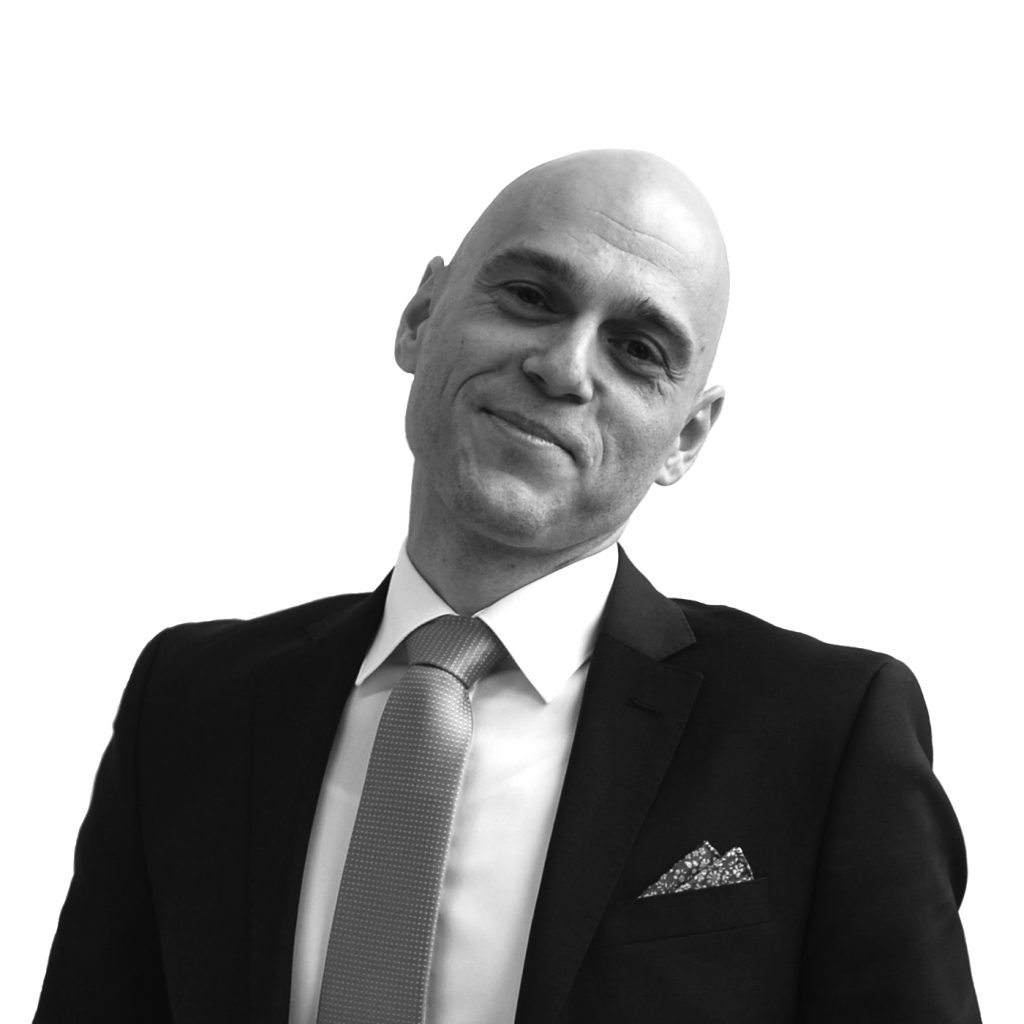Biography
Associate professor Košir is a head of Chair of Buildings and Constructional Complexes at the Faculty of Civil and geodetic Engineering, University of Ljubljana. He finished his Bachelor degree in architecture in 2003 and received his PhD in civil engineering in 2008. Currently he is lecturing on subjects regarding energy efficiency in buildings, daylighting, building envelope design, smart buildings and indoor environment at the Faculty of Civil and Geodetic Engineering as well as at the Faculty of Health Sciences.
His primary research interest is in the field of building energy performance and daylighting in connection to the design of high performance buildings. In this respect, he focuses on performance of adaptive building envelopes and theirs coupled thermal and visual performance. In recent years his interests have broadened to the field of bioclimatic climatological analysis in respect to the past, current and future energy performance of buildings.
Research conducted over the past 15 years has increased the insight into the interconnectedness between the occupants, buildings and the environment.
Selected bibliography
CADENA, Juan Diego Blanco, POLI, Tiziana, KOŠIR, Mitja, LOBACCARO, Gabriele, MAININI, Andrea Giovanni, SPERONI, Alberto. Current trajectories and new challenges for visual comfort assessment in building design and operation: a critical review. Applied sciences 2022, 12: 1-27.
doi: https://doi.org/10.3390/app12063018
PAJEK, Luka, KOŠIR, Mitja. Strategy for achieving long-term energy efficiency of European single-family buildings through passive climate adaptation. Applied energy 2021, 297: 1-15.
doi: https://doi.org/10.1016/j.apenergy.2021.117116
POTOČNIK, Jaka, KOŠIR, Mitja. Influence of commercial glazing and wall colours on the resulting non-visual daylight conditions of an office. Building and environment 2020, 171: 1-14.
doi: http://doi.org/10.1016/j.buildenv.2019.106627
KUMAR, Sanjay, SINGH, M. K., MATHUR, A., KOŠIR, Mitja. Occupant’s thermal comfort expectations in naturally ventilated engineering workshop building: a case study at high metabolic rates. Energy and buildings 2020, 217: 1-19.

